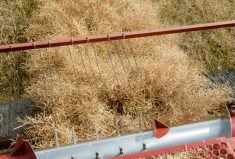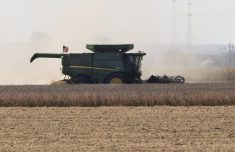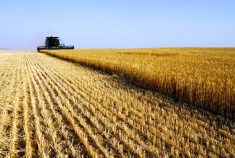HIGH RIVER, Alta. – Seeing is believing the tragedy that has fallen on High River, Alta.
The worst flood in Alberta history has blitzed this town of 13,000 making it the hardest hit of the 27 communities that are in a state of emergency following heavy rains across the southern half of the province starting June 19-20.
High River is under a mandatory evacuation order but Mayor Emile Blokland estimates as many as 1,000 people refused to leave even after he issued another notice June 23. While some streets may look dry and the water has receded he and RCMP Staff Sargeant Brian Jones said the entire community is a danger zone. No one can forecast when people can return to their homes or businesses.
“They are hampering our recovery efforts. Every toilet they flush comes up somewhere else because our sanitary sewer system isn’t working, ” Blokland said. “We are on limited water and when they turn a tap on they are using a resource we need. They don’t realize we need to get the streets clear of mud, debris, cars and anything else,” he said.
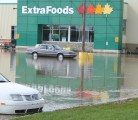
Flood water spread across the town and is about one mile wide and three miles long.It is contaminated with gasoline and sewage said Jones.
“Until the sewer and lift systems are fixed, this water is contaminated,” he said.
People checking homes are in hip waders and were issued respirators.
“It is a hazardous situation,” he said.
The RCMP and military personnel have checked 1,500 homes so far in a grid to see who remained behind. That included rescuing about 1,300 stranded pets. Municipal Affairs minister Doug Griffiths said public safety is of primary concern.
“Provincially we still have to do inspections on roads and bridges and highways. You have to do an engineering assessment to make sure you have not created a sinkhole underneath,” he said. “We have a responsibility to Albertans to make sure we put them in a safe environment,” he said.
Read Also
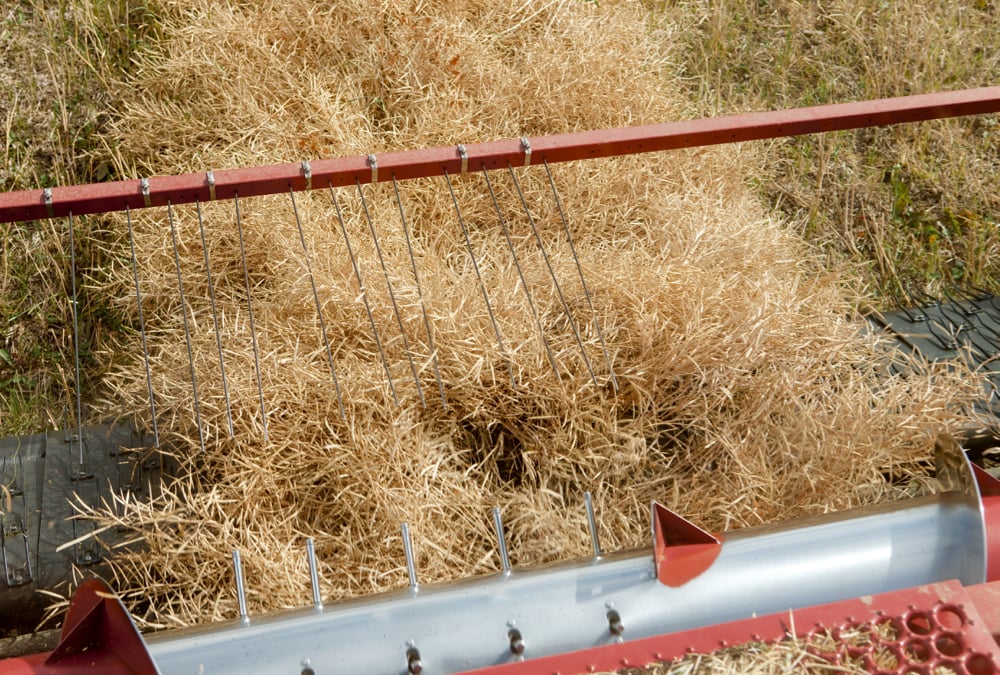
Alberta harvest wrapping up: report
Harvest operations advanced to 96 per cent complete in Alberta as of Oct. 7, with only a few late-seeded cereal and canola fields remaining, according to the latest provincial crop report.
“We are saturated in the south end of the province. A 20 or 30 mm rain that comes down very quickly could turn into a flash flood. We are not out of the woods yet,” he said.
In rural areas damage appears spotty and rural municipalities will be the first to assess and repair damage, he said.
Calgary remains in a state of emergency and with one week before the Stampede, workers are doing their best to clear water and debris from the exhibition park. The Saddledome is in ruins with contaminated water up to the tenth row of seats. Facility kitchen and dressing rooms for the Calgary Flames and Hitmen are under water. Sports equipment and memorabilia are lost, said Flames spokesman Ken King.
Calgary Stampede officials are holding a news conference June 24 to discuss rehabilitation efforts.
The province has a disaster recovery program and assistance is based on 100 percent of eligible loss or damage that is not covered by insurance. Individuals’ essential day-to-day items are eligible. This includes furniture, clothing, washers/dryers, hot water heaters, and furnaces.
No one can estimate the full amount of damage at this time.
Full details at: www.aema.alberta.ca/ps_disaster_recovery_information.cfm
From Wednesday morning to Saturday morning, between 80 to 280 mm of precipitation to an area between Waterton Park and Banff; local amounts of up to 340 mm at stations in the upper Sheep, Elbow and Bow River basins have been recorded. Flood watches have spread to Edmonton, Devon, Red Deer, Oldman River Basin and Medicine Hat.
For full details check: www.emergencyalert.alberta.ca
Complete flooding updates are available here: Alberta flooding updates






